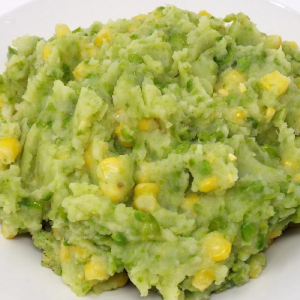Although Kenya is best known to many in Europe and the Rest of the West as a former British colony, Kenyans themselves have embraced their ancient culture following independence and their traditional cuisine has made a big comeback. We’ll look at Kenya’s most beloved ‘original’ dishes…
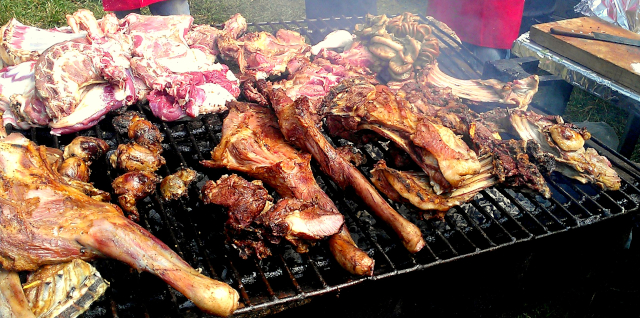 Nyama Choma: Barbecued (or grilled) Meat. The national dish of Kenya!
Nyama Choma: Barbecued (or grilled) Meat. The national dish of Kenya!
Kenya – like much of East Africa – was a British colony for many decades during the 19th and early 20th centuries, finally gaining independence in 1963. The influence of British domination on the country’s culture and cuisine is still, as you might expect, very much a fact.
But Kenyan scholar, Prof. Olubayi Olubayi observes, “[A] distinct national culture of Kenya has emerged and continues to grow stronger as it simultaneously borrows from, reorganizes, and lends to, the 50 ancient ethnic cultures of Kenya. The emerging national culture of Kenya has several strong dimensions that include the rise of a national language, the full acceptance of Kenyan as an identity, the success of a postcolonial constitutional order, and increased national cohesion.”
With such a strong British influence, you might expect many British foods and customs to pop up in Kenyan cuisine. And they do. Take, for instance, the Tea Habit. It’s as strong in Kenya as it is in the UK. The Brits brought tea home and to Kenya after acquiring it during their long, troubled colonial experience in India. They also brought samosas, chapatis and other iconic Indian foods. But we won’t dwell on those. We want to look at what is typically, traditionally Kenyan! Some of these dishes we’ve seen already during our expeditions to neighbouring nations, but the ones we feature are core to Kenyan life.
On our menu today
Ugali: Cornmeal Cake. It’s simply coarse cornmeal coked until it forms a thick paste (see photo, top of page). It’s commonly eaten by the masses as an equivalent to rice or other starches, alongside boiled veggies or stews.
Irio: Peas and Mashed Potatoes. Green Peas and boiled potatoes are mashed together and served as a side. Whole kernels of maise (corn) are added to give the dish some texture. You’l find Irio alongside Kenyan stews and roasted meats. It’s as common in Kenya as plain mashed potatoes are in Europe and the West.
Githeri: Beans and Corn. It’s a succotash of one or more types of beans boiled with corn kernels and laced with a small amount of veggies.
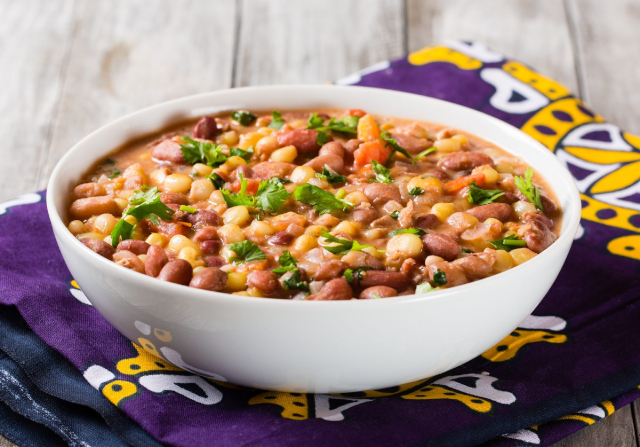
It gets salt and pepper, of course, to bring out the flavours, and chili peppers are often added to give the otherwise bland dish some zing. It has both beans and grain (the corn), and so provides a complete nutritional protein for vegetarians.
Kenyan Pilau: Spiced Rice. Here’s a favourite side dish easily prepared by boiling rice with a blend of slices including cumin, cardamon, cinnamon, and cloves. It’s often served in the company of a simple Kenyan Salad; sliced fresh tomatoes and sweet onions.
Wali wa Nazi: Coconut Rice. Plain white rice is cooked with a generous handful of shredded fresh coconut to make a change from plain rice. Its slightly sweet but otherwise bland flavour is a preferred complement to a spicy Kenyan Curry or a hearty stew.
Sukuma Wiki: Collards and Aromatic Veggies. This may be the most popular Kenyan veggie dish! It’s just fresh collard greens (kale) sauteed with tomatoes and onions. Some cooks add a bouillon cube to bolster the flavour. The ‘secret ingredient’ is nothing more than a pinch of MSG.
Kenyan Meat Stew: Meat Stew with Tomatoes. This is a national favourite, and may just as easily be made with goat, beef, chicken or any other meat you want to use.
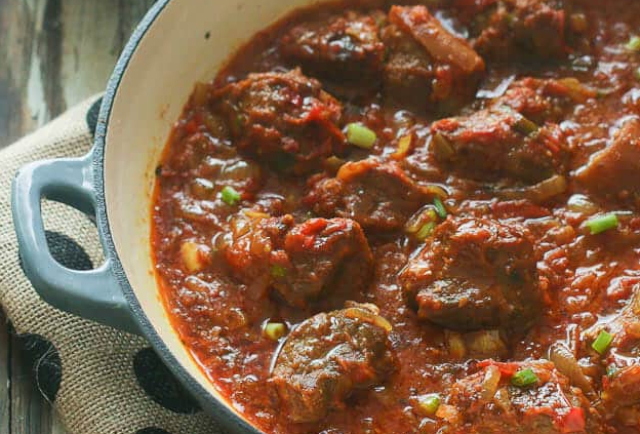
The sauce is a very thick – almost a paste – of tomatoes, onions, salt and pepper, simmered until the veggies break down into a sort of purée. Besides the meat, the stew also gets root veggies including potatoes, carrots, peppers and sweet green peas. It’s flavourful and filling, and requires no sides to make a full, satisfying meal.
Nyama/Kuku Choma: The traditional Roasted Meat dish of Kenya – the National Dish! It’s actually spit roasted or grilled over a fire. Goat is the meat of ancient tradition, but beef, chicken and even fish are used. Salt and pepper are all that’s needed to season the meat. But some cooks insist on marinating it in a mixture of onions, garlic, ginger, chili peppers and lemon juice.
Matoke: Plaintain Stew. Originally an import from Uganda, Matoke is now enjoyed universally in Kenya. Plantains are simmered in a big pot with oil, tomatoes, onions, garlic, chilies, lemon juice, and sometimes a few morsels of meat.
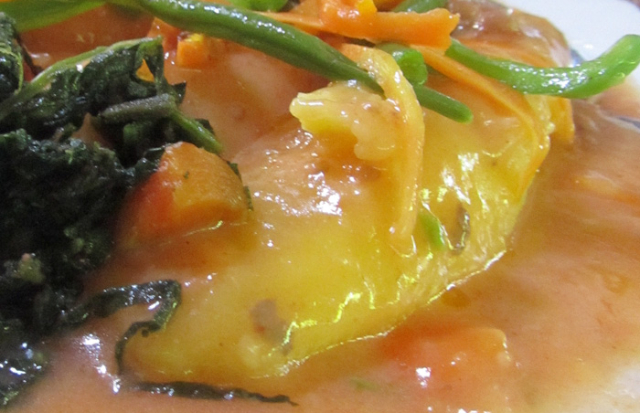
The plantain breaks down, contributing starch to the mix, which develops a bright yellow translucent sauce. Matoke is often eaten with Rice, Ugali, or a chapati.
Katchumbari: A finely diced ‘salad’ of tomatoes, onions, chili peppers and cilantro. If it sounds suspiciously like Mexican Salsa Cruda or Pico de Gallo, rest assured there’s no direct connection, except by coincidence
Definitely not your traditional ‘British’!
More like traditional favourites that appear here and there and everywhere across East Africa in the ancient tribal cuisines! And all typically Kenyan variations. Tomorrow, we’ll look at Kenyan breads, sweets and beverages…
~ Maggie J.

